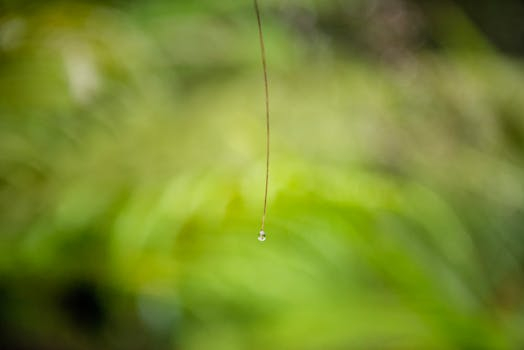Living Sensors: Bacteria as Environmental Monitors
Bacteria are often seen as unwelcome, disease-causing microorganisms. However, there is more to these tiny creatures than meets the eye. In recent years, scientists have discovered that certain types of bacteria can actually serve as environmental monitors. Termed “living sensors,” these bacteria have the ability to detect, respond to, and even measure various environmental factors. This revolutionary concept has the potential to revolutionize how we monitor and understand our surrounding environment. Let’s delve deeper into how bacteria are becoming valuable allies in environmental monitoring.
The Role of Bacteria as Environmental Monitors
Traditionally, environmental monitoring has been carried out using expensive equipment and specialized methods. However, researchers have found that bacteria can serve as reliable indicators of environmental conditions, making them ideal candidates for monitoring. Bacteria are sensitive to changes in their environment and respond in specific ways, making them ideal biological sensors.
How Bacteria Detect Environmental Changes
Just like we have senses that allow us to interact with our environment, bacteria also have ways of detecting and responding to changes in their surroundings. The most common method used by bacteria is chemotaxis, which means their movement is influenced by chemical substances in the environment. When there is a change in the concentration of a particular chemical, bacteria can sense it and move towards or away from it, depending on their response to that chemical.
In addition to chemotaxis, bacteria can also respond to changes in temperature, pH levels, light, and even the presence of other microorganisms. Some bacteria can produce bioluminescent compounds, making them ideal for monitoring changes in light levels in aquatic environments.
Benefits of Using Living Sensors
One of the major benefits of using living sensors is their cost-effectiveness. Since bacteria are naturally present in the environment, there is no need for expensive equipment or complex procedures. This makes monitoring accessible and affordable, especially in developing countries where resources may be limited.
The ability of bacteria to respond to specific environmental conditions also makes them highly targeted sensors. Unlike traditional methods where a broad range of parameters are monitored, bacteria can be tailored to detect and measure specific substances or conditions. This allows for more accurate and efficient monitoring, especially in areas where certain pollutants or contaminants are of concern.
Real-World Applications and Research
Living sensors have already been successfully applied in various environmental monitoring projects. For instance, researchers have used bacteria to monitor water quality in rivers and streams. By engineering bacteria to respond to specific pollutants, they can easily detect and measure the levels of these substances in the water, providing valuable data for environmental management and conservation efforts.
In another study, scientists have developed a method using bacteria to monitor air quality. By exposing bacteria to air samples, they were able to accurately detect and quantify levels of air pollutants such as carbon monoxide and nitrogen oxides.
Further research is being conducted to explore the potential of bacteria in other areas of environmental monitoring, such as soil quality and climate change. The goal is to develop a toolkit of bacteria that can be used to monitor a wide range of environmental parameters, providing a comprehensive understanding of our surroundings.
The Future of Environmental Monitoring with Living Sensors
The use of bacteria as environmental monitors holds great promise for the future. With advances in genetic engineering and technology, bacteria can be modified to respond to an even wider range of environmental factors. This will undoubtedly lead to more accurate, efficient, and cost-effective monitoring efforts.
On a larger scale, the incorporation of living sensors into environmental monitoring can provide valuable insights and data for research on climate change, pollution, and other environmental concerns. It has the potential to revolutionize how we understand and protect our planet.
Conclusion
Living sensors, which are bacteria used as environmental monitors, are proving to be a game-changer in how we monitor and understand our environment. These tiny, but powerful creatures are sensitive to changes in their surroundings and can provide valuable data for environmental management and conservation efforts. With ongoing research and developments, the use of bacteria as living sensors holds great promise for the future of environmental monitoring.








